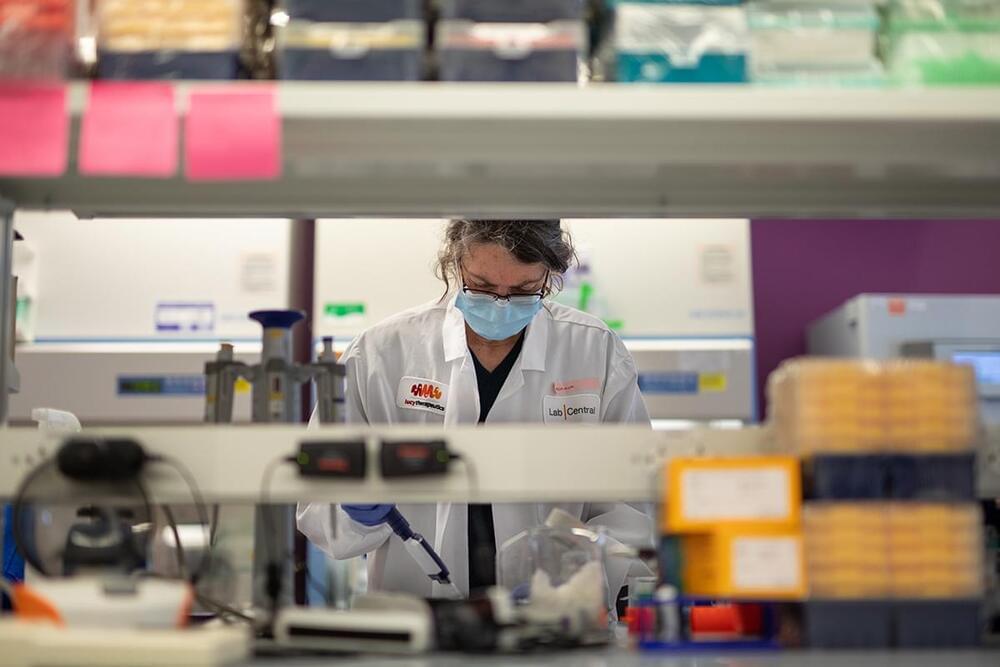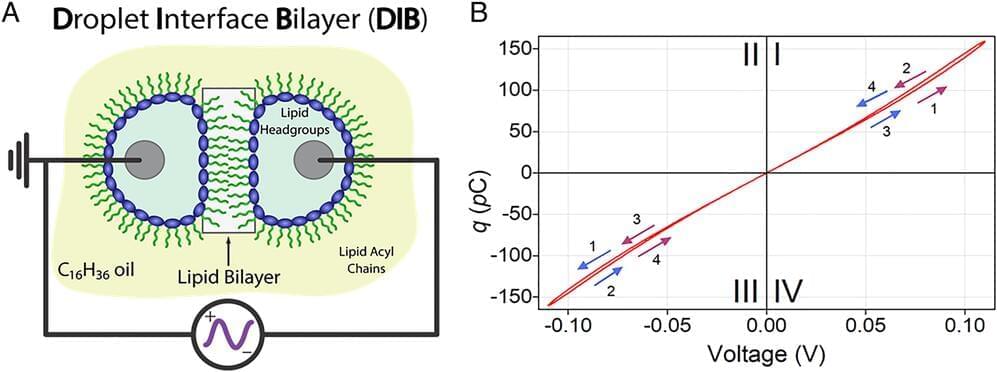Lex Fridman Podcast full episode: https://www.youtube.com/watch?v=2oHH4aClJQs.
Please support this podcast by checking out our sponsors:
- True Classic Tees: https://trueclassictees.com/lex and use code LEX to get 25% off.
- Audible: https://audible.com/lex to get 30-day free trial.
- InsideTracker: https://insidetracker.com/lex to get 20% off.
- ExpressVPN: https://expressvpn.com/lexpod to get 3 months free.
GUEST BIO:
Noam Brown is a research scientist at FAIR, Meta AI, co-creator of AI that achieved superhuman level performance in games of No-Limit Texas Hold’em and Diplomacy.
PODCAST INFO:
Podcast website: https://lexfridman.com/podcast.
Apple Podcasts: https://apple.co/2lwqZIr.
Spotify: https://spoti.fi/2nEwCF8
RSS: https://lexfridman.com/feed/podcast/
Full episodes playlist: https://www.youtube.com/playlist?list=PLrAXtmErZgOdP_8GztsuKi9nrraNbKKp4
Clips playlist: https://www.youtube.com/playlist?list=PLrAXtmErZgOeciFP3CBCIEElOJeitOr41
SOCIAL:
- Twitter: https://twitter.com/lexfridman.
- LinkedIn: https://www.linkedin.com/in/lexfridman.
- Facebook: https://www.facebook.com/lexfridman.
- Instagram: https://www.instagram.com/lexfridman.
- Medium: https://medium.com/@lexfridman.
- Reddit: https://reddit.com/r/lexfridman.
- Support on Patreon: https://www.patreon.com/lexfridman







